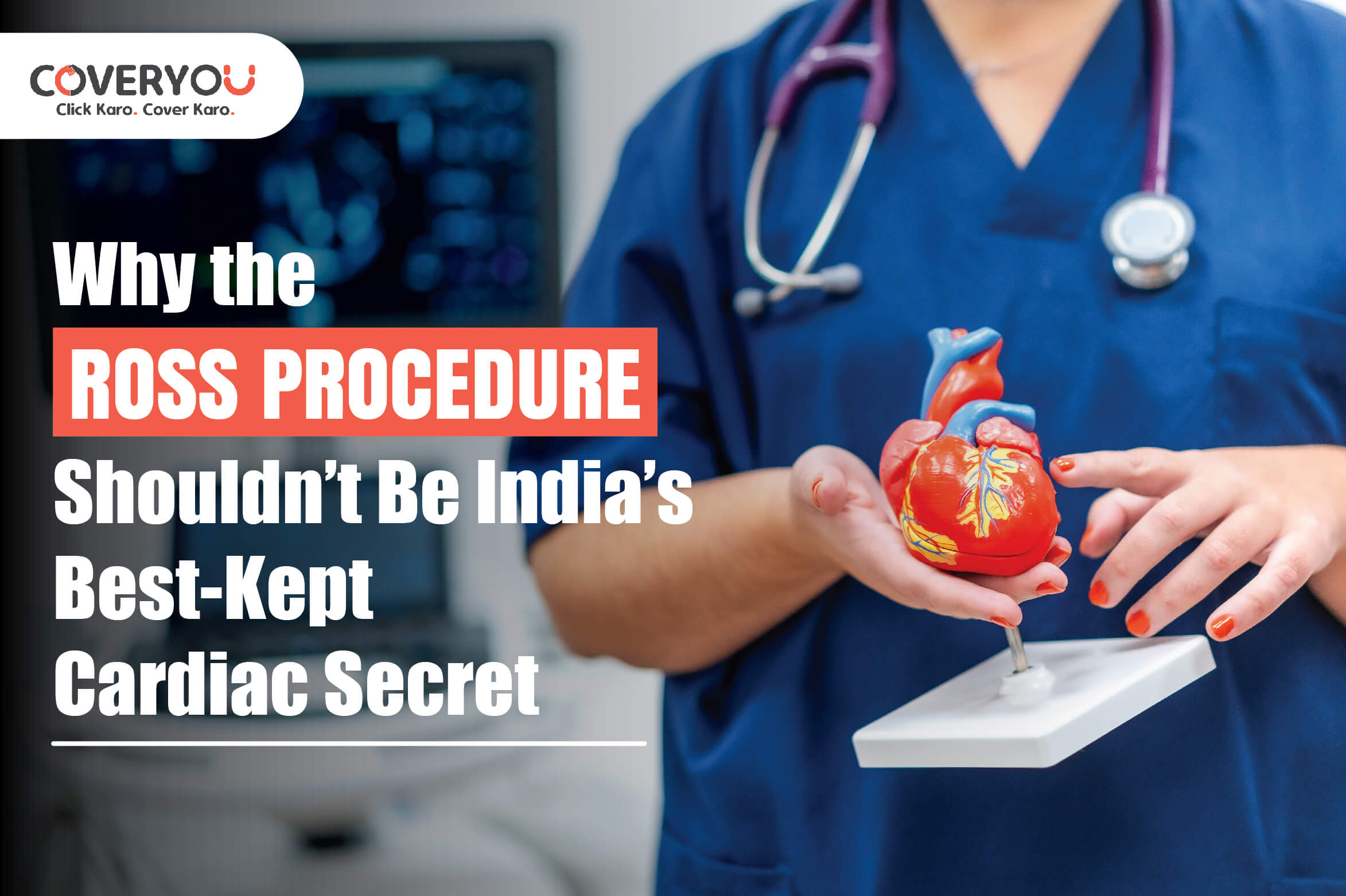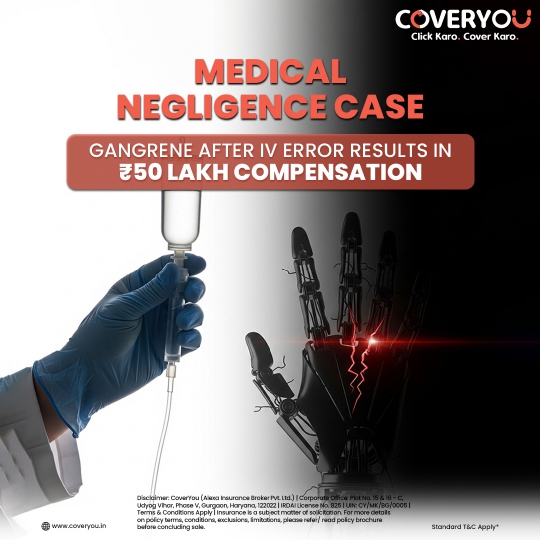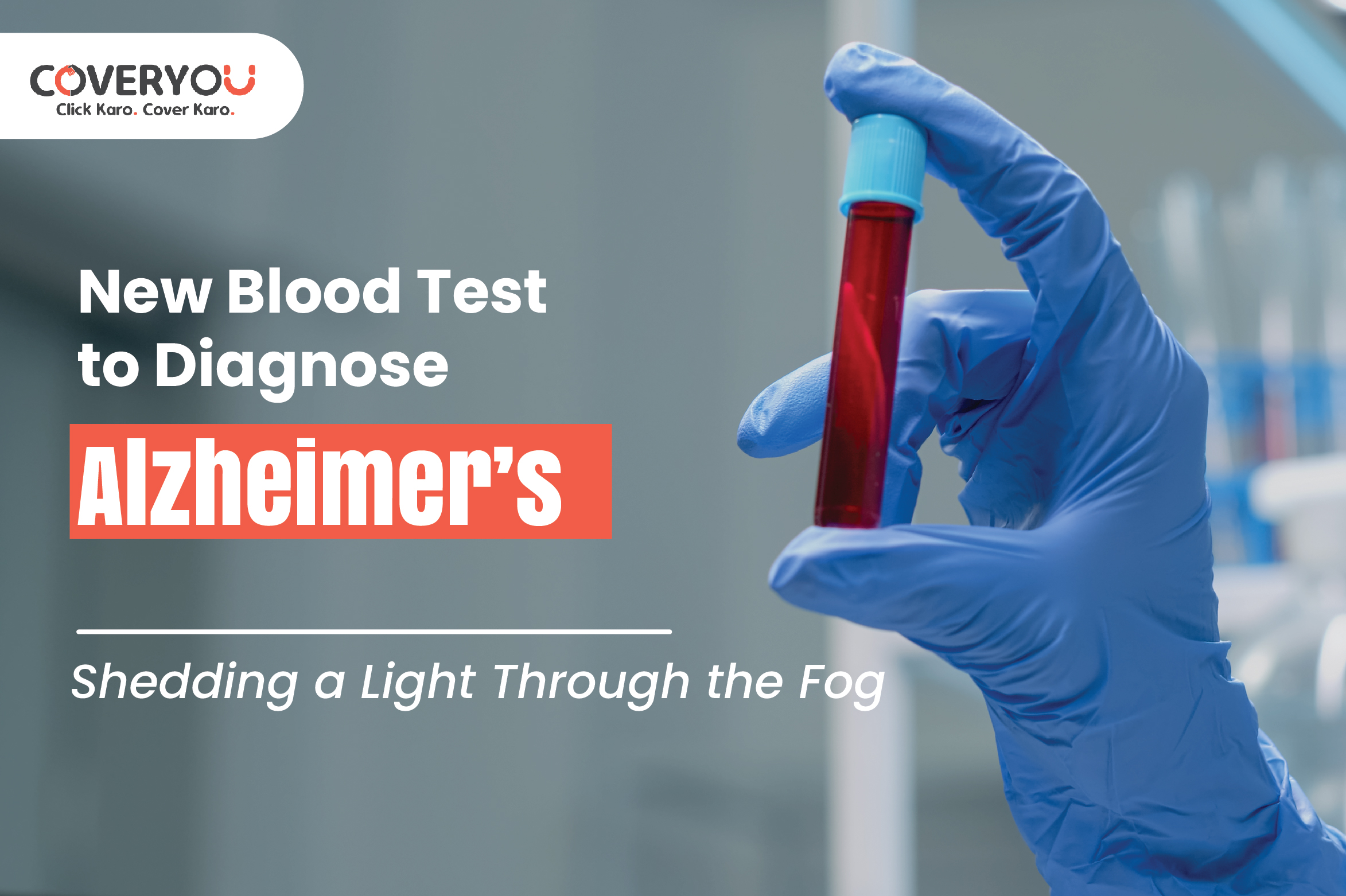The Ross procedure might save thousands of young Indians, but the vast majority have no idea it even exists. Regarding aortic valve disease in Indians, particularly youth, the usual choices are mechanical or tissue valves. But there was a third way, one that does not require lifetime blood thinners, that can grow with the patient, and that provides superior long-term results.
Enter the Ross procedure, a 1967 surgically first-ever pioneered surgery that provides all this and more, and yet still falls far short of use in India. With one of the world’s youngest populations and increasing cardiac disease incidence in a country like India, this revolutionary technique must be center stage but not an aside.
A Cardiac Breakthrough Born in the 1960s
British cardiac surgeon Dr. Donald Ross developed the Ross procedure in 1967. Rather than replacing a faulty aortic valve with a synthetic or animal valve, this procedure replaces it with the patient’s pulmonary valve. That pulmonary valve is then replaced with one donated by another person. It’s a double transplant, but one worth it for a lifetime.
What’s revolutionary is the way it replicates nature. The pulmonary valve, for example, adjusts to the growth of the body, especially crucial in children and young adults. And while mechanical valves require patients to take blood-thinning drugs like warfarin for life, this one doesn’t.
Mechanical vs Tissue vs Ross
In India, aortic valve replacement is normally greeted with hard decisions. Mechanical valves are lifelong but with the daily hassle of anticoagulants and the need for routine INR testing. Tissue valves are drug-free but degrade in approximately 10-15 years. Now let’s juxtapose that with the Ross procedure:
- 92% of patients need no additional interventions after 20 years (Narayana Health study).
- Zero requirement of lifelong blood thinners.
- The valve develops naturally alongside the patient, particularly important with younger age groups. It’s not a cure; it’s freedom from the life of medical dependency.
Why India Isn’t Discussing It Enough
So if this Ross procedure works so well, why has it not gained Indian mainstream popularity yet?
- Complexity: Ross procedure is technically challenging and needs a high level of surgical expertise. “It’s a double valve replacement within one surgery,” says Dr. Varun Shetty, Consultant Cardiac Surgeon at Narayana Health City, Bangalore. “But if done properly, results are often superior to traditional alternatives.” Dr. Shetty has performed over 250 Ross procedures, many on patients as young as 11. “We’ve seen excellent results, patients living normal lives with no symptoms and no medications,” he says. But only a handful of Indian hospitals currently offer this option. And that lack of access is keeping too many young hearts at risk.
A Lifeline for India’s Youth Ross Procedure
India boasts one of the globe’s youngest populations, the median age is only 29. However, congenital heart conditions such as bicuspid aortic valve disease and rheumatic fever still disproportionately affect young people. These are the patients who stand to gain most from the Ross procedure.
- It avoids the necessity for re-surgeries every ten years.
- It restores normal life expectancy, something that cannot be promised with other procedures.
- It enables young sportspeople, students, and professionals to live without the need for daily medication limitations.
Among participants in one Indian study, children who had the Ross procedure went back to school or play within three months, with no difference in energy level than peers.
Confronting the Myths and Misconceptions
One of the fears that critics tend to raise is the risk that the donor (homograft) valve will fail over time. But facts reveal something different:
- Reoperation is needed in only 8% of patients after 15-20 years.
- Technologies such as Dacron conduit support and strengthened annular rings have enhanced durability.
- All over the world, the Ross procedure presents comparable, if not superior, results to mechanical valves. “When in skilled hands, the risks aren’t just minimal-they’re negligible,” Dr. Shetty points out.
Awareness Is the Missing Piece
India lacks a dearth of cardiac issues. It lacks awareness. The majority of general doctors and even cardiologists do not typically refer young patients for the Ross procedure, merely because they are not aware of its advantages. “We need to change that,” adds Dr. Shetty. “All pediatricians, all cardiologists should be familiar with this option, particularly for young patients who present with early aortic valve disease.” Public information campaigns, school health screenings, and regular heart check-ups can save thousands of lives. If we catch it early, we can treat it early, and alter the course of a person’s life.
The Ross Procedure Deserves Center Stage
As heart valve disease becomes increasingly common among young adults, India can no longer keep the Ross procedure a niche solution. Its medication-free, long-lasting, and physiologically natural solution profile renders it perfectly poised for a youthful and dynamic population. In Europe and the United States, leading cardiac institutions now advise it as the gold standard for young patients. There is no reason why India, with its world-class surgeons, should not do the same.
It’s Time We Talked About It
The Ross procedure has been transforming lives for almost 60 years. It provides young Indians with not only a second chance at life, but a better one. A pill-free life, a life without fear, and a life without boundaries.
If you or someone you know is diagnosed with aortic valve disease, particularly under the age of 40, ask for the Ross procedure. Don’t accept old-fashioned solutions when a world-class solution is available right here, waiting to be adopted.
It’s time to stop hiding the Ross procedure. And start giving young hearts the future they deserve.
Source

















